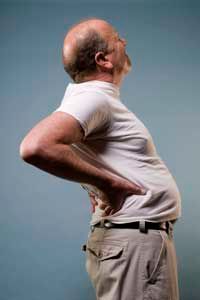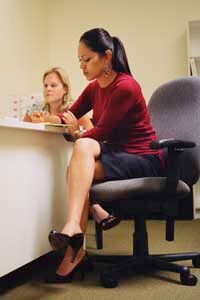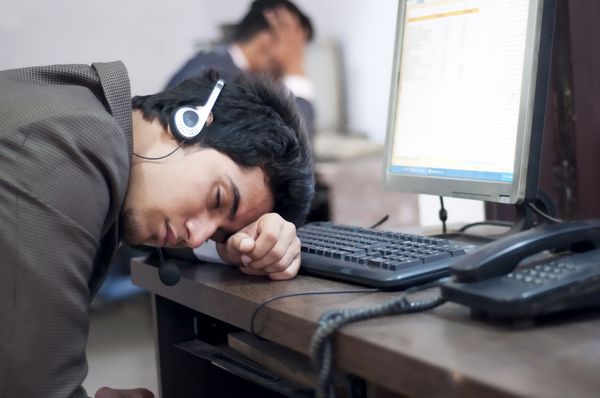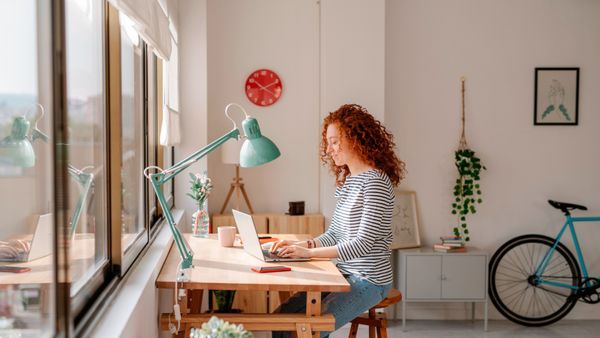In prime condition, the human body functions as a well-oiled machine, with the heart as the engine that keeps the infrastructure of muscles and bones moving properly. But when we don't take proper care of it, parts of that machine can slip up and break down with painful results. In addition, certain areas of our bodies that must endure a lot of wear and tear are more susceptible to injury than others. As a major load-bearer, our backs are particularly vulnerable regions.
Back pain affects eight out of 10 people, whether it's acute or chronic [source: National Institutes of Health]. The back is such a common trouble spot because we put a ton of stress on it whether we're lounging on our couch in front of the television or playing tackle football. Whatever activity we're engaged in, our spine is the central support for our upper bodies and holds us upright. Its network of interlocking vertebrae also encases our spinal cord, which serves as the main drag on the central nervous system's superhighway.
Advertisement
The spine is made up of 24 interlocking vertebrae, which are divided into three types: cervical, thoracic and lumbar. Fibrous tissues called ligaments connect those bones in our spine. To prevent our vertebrae from crunching against each other, spinal discs provide a cushion between them. Muscles then attach the spine to our skeleton, giving us upper body movement and flexibility.
When we have to lift heavy objects or do much twisting and turning, these movements put stress on our backs. Ligaments can overstretch or tear, leading to back sprains. Overworked back muscles can cause a strain, and compressed spinal discs can also wear down. But when we're sitting completely still, our backs may suffer as well. The lower back must prop up the weight of the top half of the body, and the position we sit in can make it harder for the back to do its job. Even if we aren't moving around, our backs are actively working.
So how can you sit in a way that sits well with your back?
Advertisement



